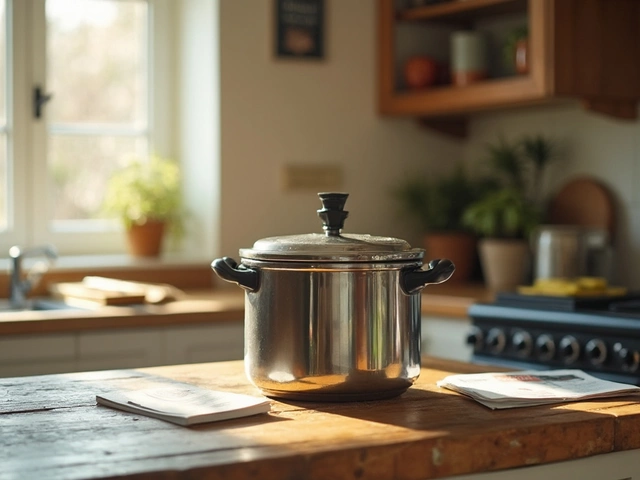Extend Oven Life: Simple Tricks to Keep Your Oven Running Like New
Got an oven that’s starting to feel a bit lazy? You don’t have to toss it out and buy a brand‑new one. A few easy habits can add years to its life and keep your cooking on point. Below you’ll find the most useful tips that work in any kitchen, plus when it’s time to call a pro.
Everyday Maintenance that Makes a Difference
First thing’s first – clean the interior after every use. Wipe spills before they harden; stubborn sauce can burn onto the walls and cause uneven heating. A soft cloth and a mild cleaner are enough – skip the abrasive scouring pads.
Next, check the door seal. A cracked or brittle gasket lets heat escape, making the oven work harder and using more energy. Run a piece of paper around the seal; if it slides out easily, replace it. Replacement gaskets are cheap and simple to fit.
Don’t forget the oven’s vent and fan. Dust can build up, especially on the back of the oven where the cooling fan lives. Turn off the power, remove the back panel if you’re comfortable, and give the fan a gentle shake‑out with a brush. A clean fan runs smoother and cools the electronics properly.
Calibrate the thermostat once a year. Most ovens have a screw or digital setting for temperature adjustment. A quick test – bake a simple cake and check if it rises at the expected time – tells you if the oven is running hot or cold. Adjusting it saves energy and prevents premature wear.
When Simple Fixes Aren’t Enough
If you notice uneven baking, strange noises, or the oven won’t heat, it’s time to dig a little deeper. Common culprits are heating elements that are cracked or corroded. Turn the oven off, let it cool, and inspect the element for visible breaks. A quick visual check can tell you if a replacement is needed.
For electric ovens, a faulty thermostat or oven control board can cause intermittent heating. This is where a professional diagnosis helps. Our own guide on “Should You Repair a 15‑Year‑Old Oven?” walks you through cost vs. replacement decisions, especially if the oven is nearing the end of its typical 12‑15 year lifespan.
Gas ovens have a different set of issues – a dirty igniter or clogged burner can stop the flame from lighting. Clean the igniter with a soft brush and make sure the gas supply valve is fully open. If the oven still won’t light, it’s safest to call a qualified technician.
Lastly, consider the big picture: if your oven is more than 10 years old, weigh the repair cost against a new, energy‑efficient model. Modern ovens use less electricity and often come with self‑cleaning features that reduce future maintenance.
By staying on top of cleaning, checking seals, and catching problems early, you can stretch the life of your oven without breaking the bank. When in doubt, our repair guides and professional service team are just a call away – ready to get your oven back to its best.






